
If you answered yes to any of the above questions you may have tight psoas muscles.
The psoas major attaches to the last rib, the sides of the lumbar vertebrae and the discs in between. It travels down and forward over the brim of the pelvis, inserting into the top part of the inner thigh.
I learned in anatomy class that the psoas major is primarily a hip flexor (lifts your leg toward your chest). The psoas can also pull your spine forward increasing the curve in your back and pressure on your vertebra and discs. When the psoas is tight, the ability of the leg to extend (move back) at the hip is compromised during walking. This will create rotation at the pelvis which can lead to dysfunction of the back or pelvis. For the health of your spine and your whole body, the psoas muscles need to release and lengthen.
You want to be propped up on it so the back of your legs become flush with the floor. Position the bolster so the end of it is placed near the bottom of your shoulder blade. Do not let your back arch with your ribs lifted up like the picture above. If your ribs are lifted you are too far up on the bolster; scoot down toward your feet until your ribs relax down. Place your head on a yoga block or pillow so your head is not hyperextended (bent back).
Relax here for at least five minutes. Focus on breathing and letting go. Allow yourself quiet time with no distractions. After the release, perform another self evaluation and notice how relaxed the muscles of your back feel and how much contact your body has with the floor. Perform daily, or more often if your are tight!


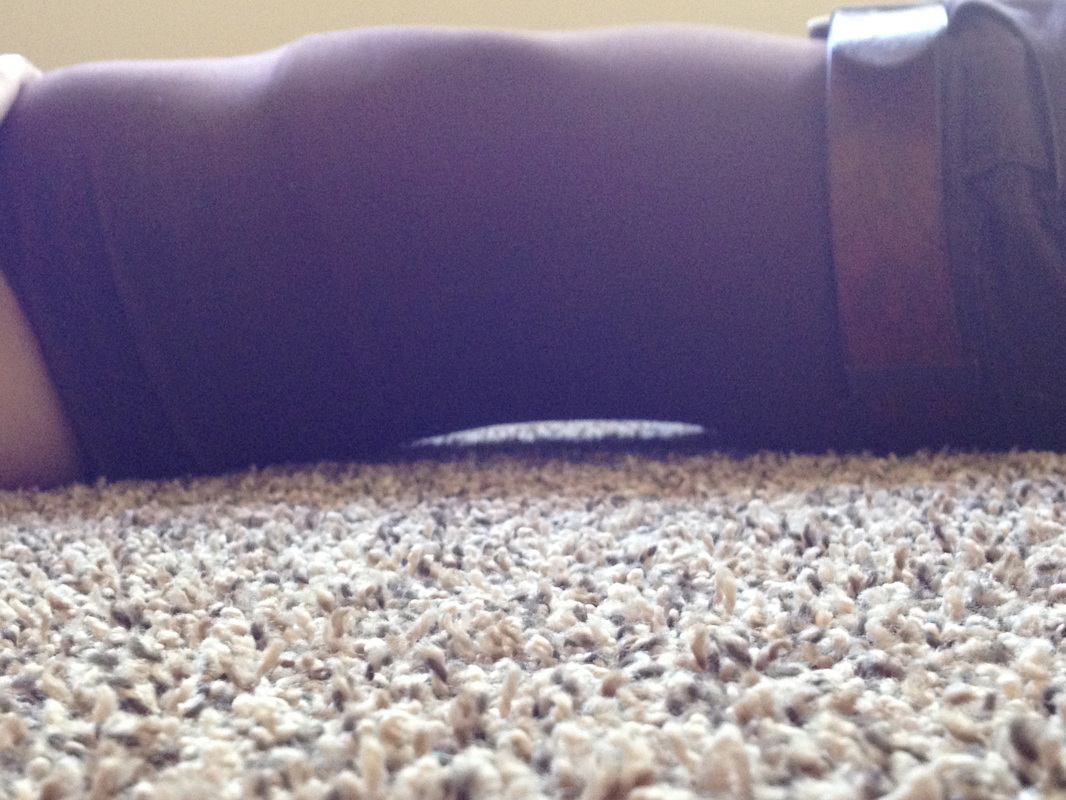
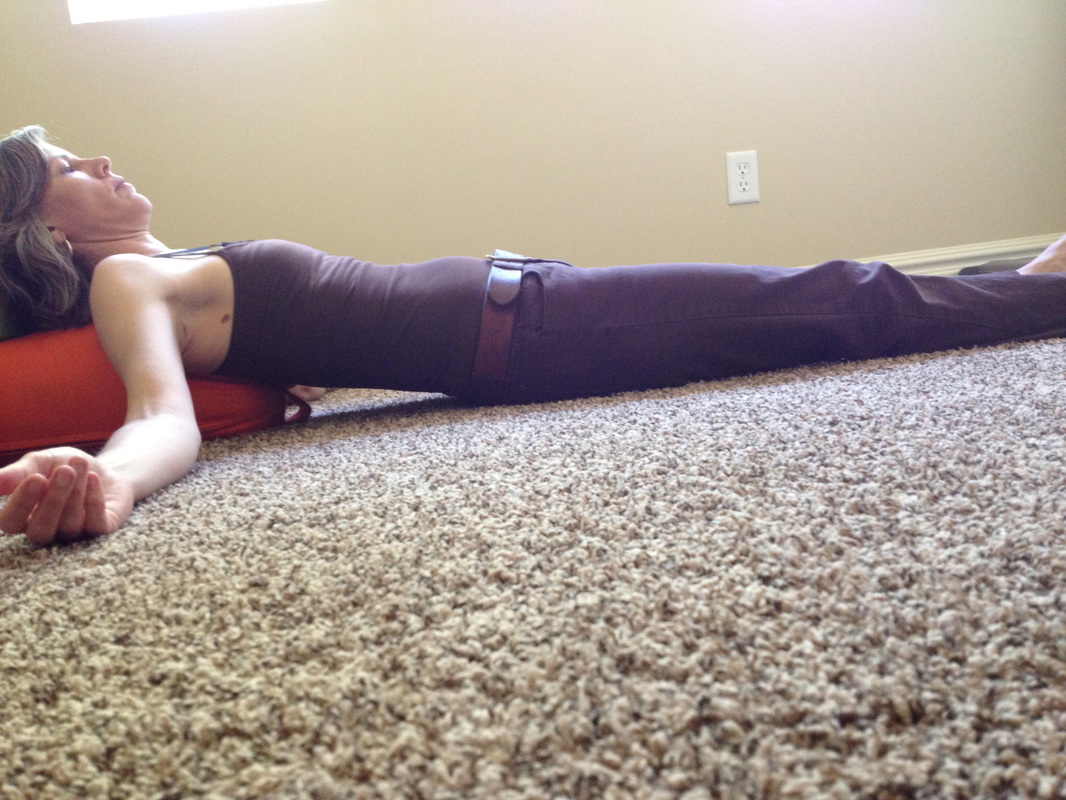






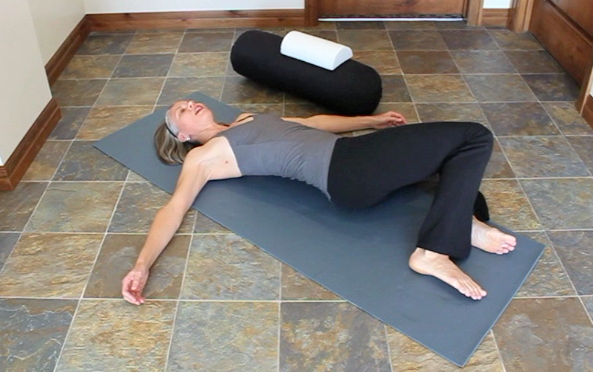
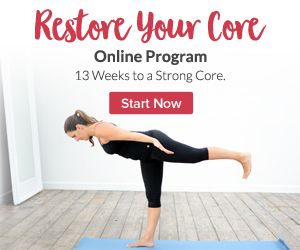

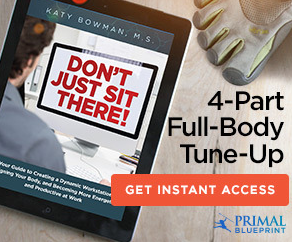
 RSS Feed
RSS Feed